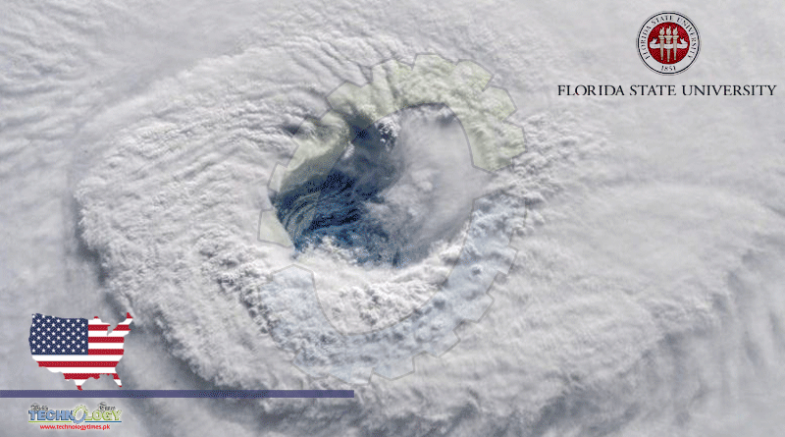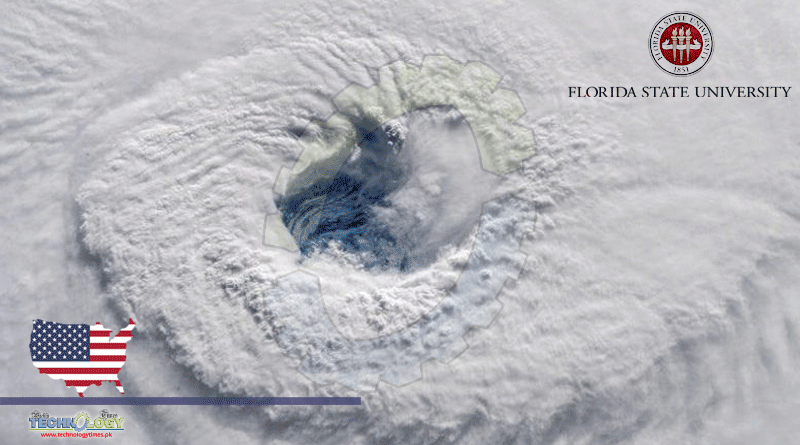The New Study Found That Tropical Cyclones Are Also Shifting Westward In Many Regions Around The World.

They’re getting stronger and are strengthening faster. In some places, they’re moving more slowly and dumping more rain. And now, scientists have discovered, they’re creeping closer to coastlines all over the world. Research released yesterday in the journal Science examines where tropical cyclones hit their peak intensity as they move across the ocean—and how far they are from land when that happens. The study looks at nearly 40 years of hurricane data, starting in 1982.
The study’s authors, Shuai Wang and Ralf Toumi of Imperial College London, found that tropical cyclones are hitting their maximum strength closer to shore as time goes on. The average distance to land has been decreasing by about 18 miles every decade. The reason is probably related to other patterns scientists have noticed in the movement of tropical cyclones. Research has found that tropical cyclones are migrating farther from the equator and closer to the poles. The finding has sparked concern that hurricanes could start to threaten coastal communities in regions that don’t have much experience preparing for major storms The new study found that tropical cyclones are also shifting westward in many regions around the world. The combination of poleward and westward migration may be part of the reason that hurricanes are inching closer to land. These shifts seem to be driven by changes in wind patterns over the oceans. Some of them may be linked to natural climate cycles. But human-caused global warming may also be playing a role.
In particular, some experts believe the migration of hurricanes may be connected to the Earth’s expanding tropics. Research has shown that the Earth’s tropical zone—a warm belt around the middle of the planet—is swelling poleward, a phenomenon that some studies suggest is driven by atmospheric changes linked to climate change. The new study is among the first to indicate that hurricanes aren’t just migrating around the oceans, but actually creeping closer to shore. Still, there’s an important caveat. So far, hurricanes don’t seem to be making landfall more often—at least, not at hurricane strength. That may be in part because major hurricanes are showing a tendency to rapidly weaken after they hit their peak intensity, the authors suggest. At least one recent study has found that this weakening process is happening more quickly in recent years.
That doesn’t mean there’s nothing to worry about. For one thing, hurricanes can generate strong winds and rain even if they skirt the coast without technically making landfall. And hurricanes that downgrade to tropical storms by the time they make landfall can still cause damage. There’s also some evidence to suggest that major storms may make landfall more often in the decades to come. At least one study, published in 2019, suggests that climate change may reduce wind shear near the U.S. East Coast, a wind pattern that can weaken hurricanes as they approach the shore. That could make it easier for major hurricanes to keep up their strength as they approach land. It’s the combination of all these changes that raises concern among experts.
Hurricanes are shifting into parts of the world where they were previously less common. They’re more likely to strengthen into major storms, which can cause more damage. They’re already creeping closer to shore and could make landfall more often in the future. And at least one recent study suggests that hurricanes that actually do make landfall are holding their strength longer than they used to. In a comment on the new research, also published yesterday in Science, researchers Suzana Camargo of Columbia University and Allison Wing of Florida State University note that this hefty combination of threats is a growing warning that coastal communities may need stronger protections and better preparation for future storms. “[A]ll of the discussed changes in [hurricane] activity, combined with a continued buildup of coastal population and infrastructure, paint a picture of a future in which coastal cities will be more prone to the occurrence of [hurricane]-related disasters,” they stated.
This News Was Originally Published At Scientific American
